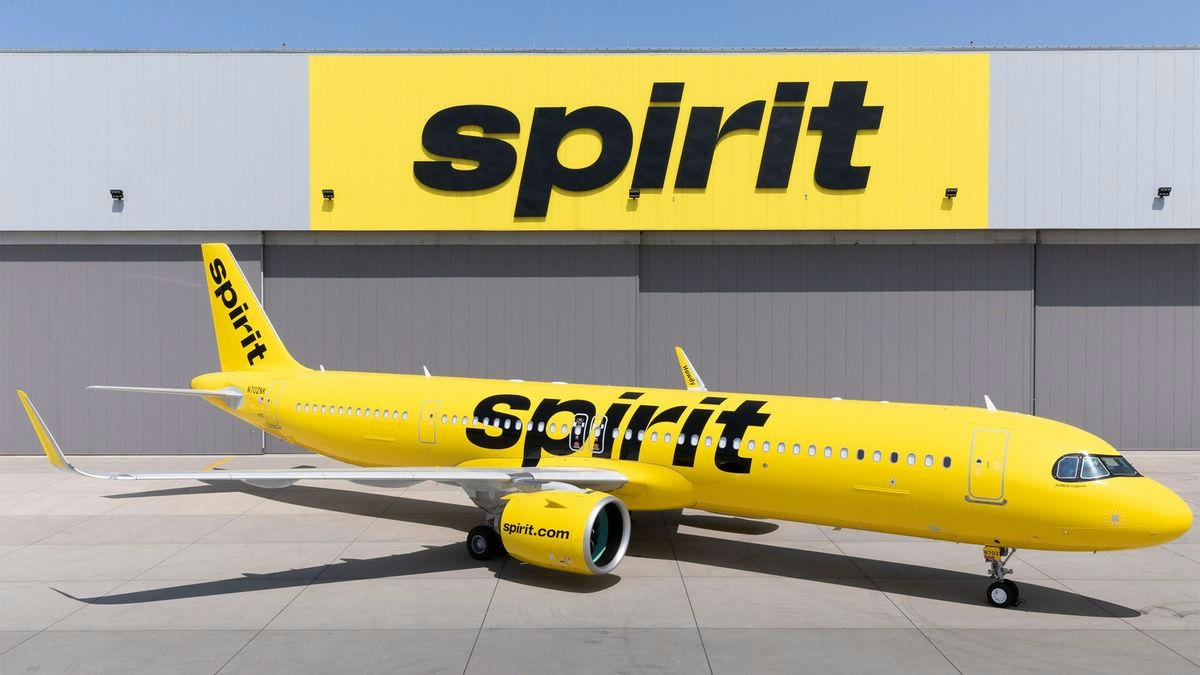
AeroGenie — Your Intelligent Copilot.
Trending
Categories
INFORM Presents Four Pillars for the 'Airport of the Future' at Inter Airport 2025
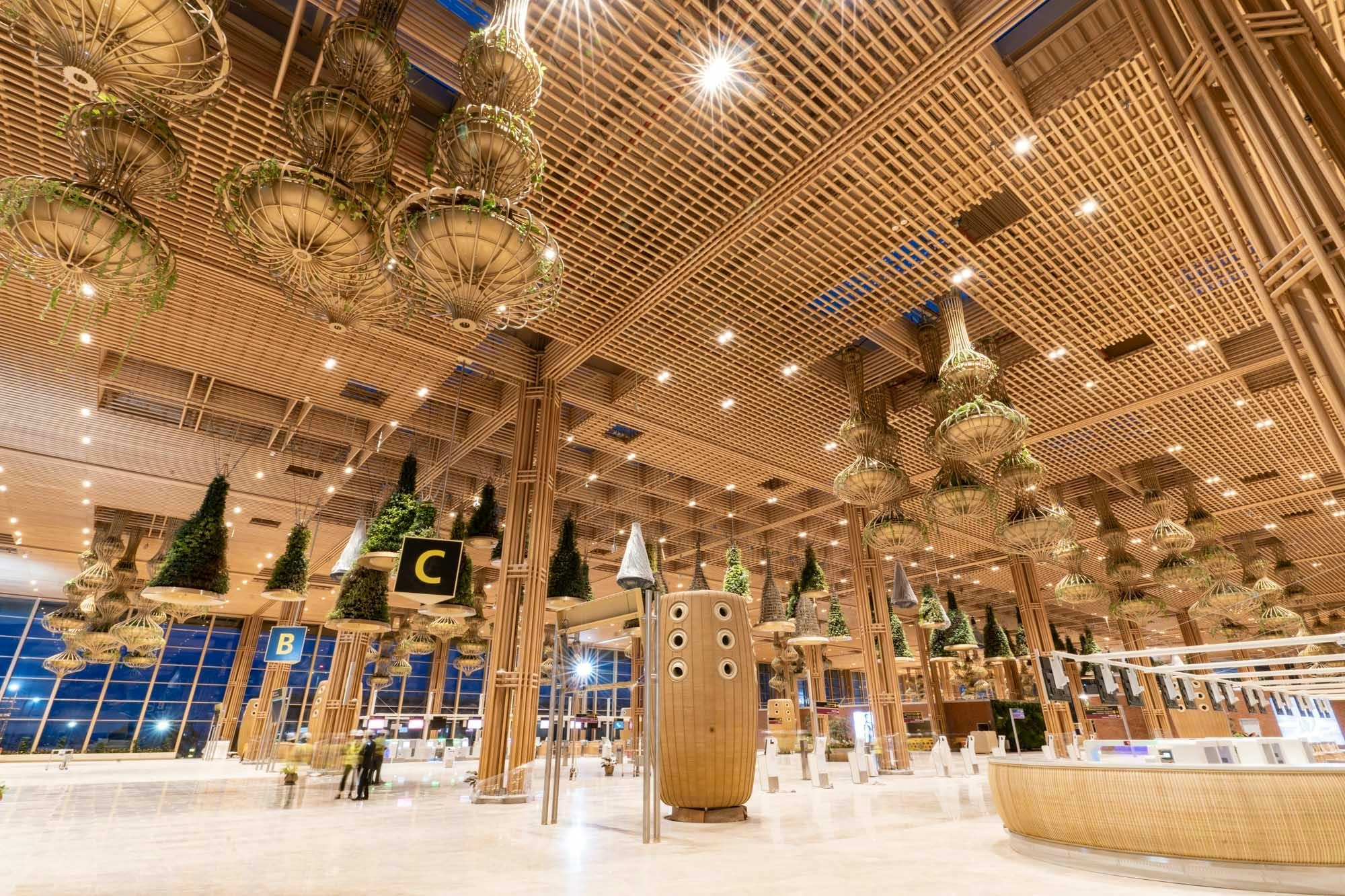
INFORM Unveils Vision for the 'Airport of the Future' at Inter Airport Europe 2025
AACHEN, Germany and ATLANTA, Sept. 18, 2025 – INFORM, a global leader in AI-driven business process optimization, is set to present its innovative GroundStar Suite at the upcoming inter airport Europe exhibition in Munich, scheduled for October 7-9, 2025. The company will welcome aviation professionals to GATE Booth B5-1360 in Hall B5, where it will articulate its comprehensive vision for the "Airport of the Future." This model aims to transform the roles of airlines, airports, and ground handlers, placing the passenger experience at the forefront of operational design.
Four Foundational Pillars Shaping Future Airports
Johannes Richenhagen, Executive Lead Transformation at INFORM Aviation, will spearhead an open discussion on October 8, from 10:30 to 11:00 a.m. at booth B5-1360, focusing on four key pillars that underpin this vision. The first pillar advocates for a smart and digital approach, encouraging airports, airlines, and ground handlers to rethink resource allocation and information sharing through the adoption of advanced technologies. The second pillar emphasizes passenger-centric operations, prioritizing seamless and customer-first experiences across all stakeholders.
Sustainability forms the third pillar, addressing the urgent imperative for environmentally responsible aviation ecosystems amid mounting global challenges. The fourth pillar highlights the growing significance of passengers with reduced mobility (PRMs), whose increasing numbers—driven by aging populations and rising travel demand—necessitate careful consideration in stand allocation, gate management, turnaround planning, and landside coordination.
These pillars collectively respond to escalating pressures within the industry, including heightened passenger expectations, labor shortages, and the imperative for sustainable growth. However, realizing this comprehensive vision entails considerable challenges. The integration of advanced technologies demands substantial investment and organizational adaptation, while balancing sustainability with operational efficiency must align with evolving regulatory frameworks. As airports worldwide confront infrastructure constraints and operational complexities, INFORM’s approach underscores the critical role of global collaboration and innovation in modernizing airport environments.
Demonstrations and Industry Engagement at Inter Airport Europe
INFORM will offer live demonstrations of its GroundStar Suite at the booth, providing visitors with an interactive experience of how the software supports all phases of ground operations management. The suite is engineered to enhance efficiency, resilience, and sustainability across airport processes, addressing both current demands and emerging industry trends.
In addition, Ginesh Koottakara, Head of Sales Europe at INFORM Aviation, will participate in the panel discussion titled "Workforce of the Future: Looking Forward to the Next 25 Years! Attracting & Retaining the Future Workforce" on October 9, from 12:45 to 1:25 p.m. He will share insights on workforce management solutions amid ongoing labor challenges confronting the aviation sector.
As the industry navigates evolving operational demands and complexities, INFORM’s presence at inter airport Europe 2025 provides a vital platform for professionals to engage with cutting-edge solutions and strategic perspectives aimed at shaping the airports of tomorrow.
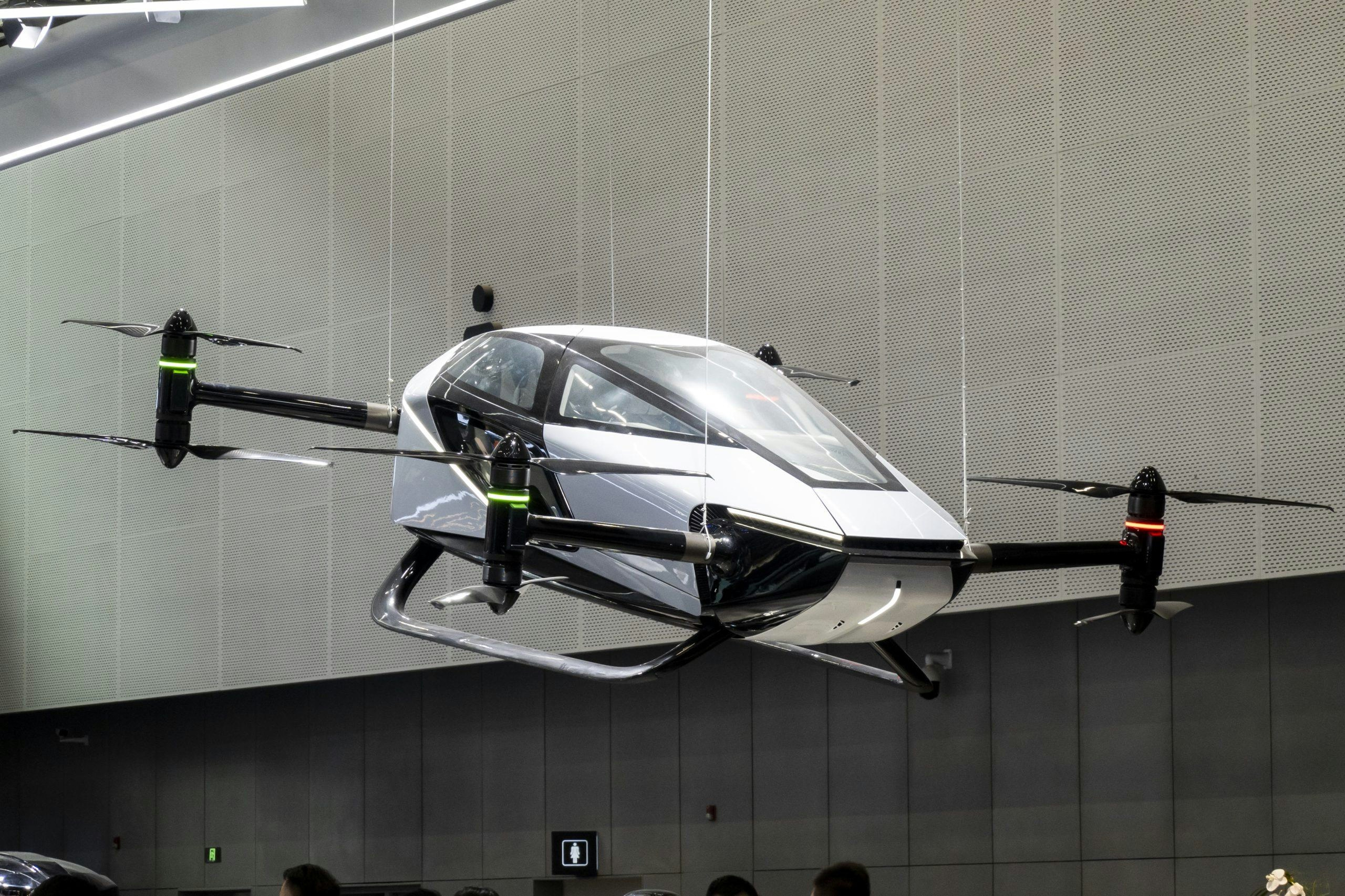
Trump Administration Plans to Expand Flying Taxi Programs

SWAPA Backs Bipartisan Aviation Funding Solvency Act
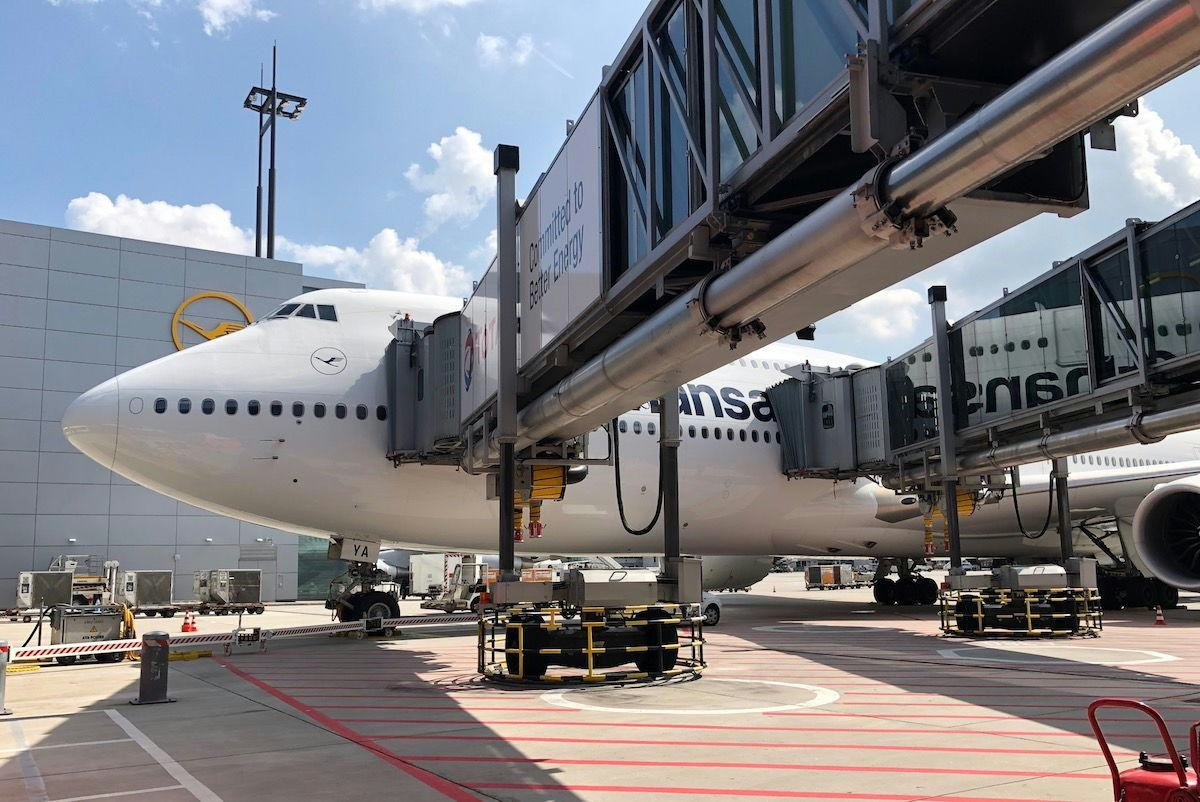
Lufthansa to Sell Two Boeing 747-8s to U.S. Government
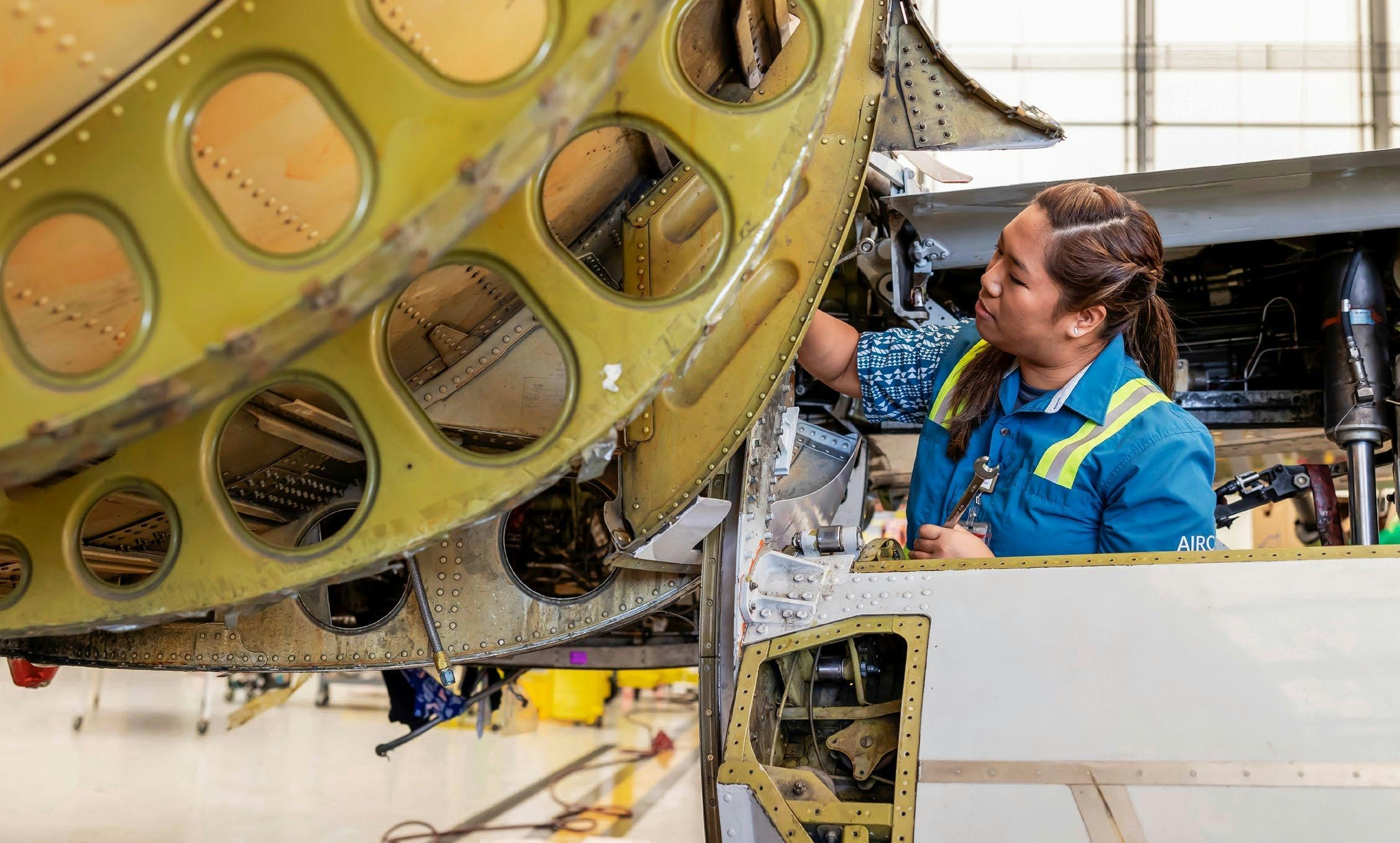
Hawaiian Airlines, Alaska Airlines, Par Hawaii, and Pono Energy Collaborate on Sustainable Aviation Fuel in Hawai‘i
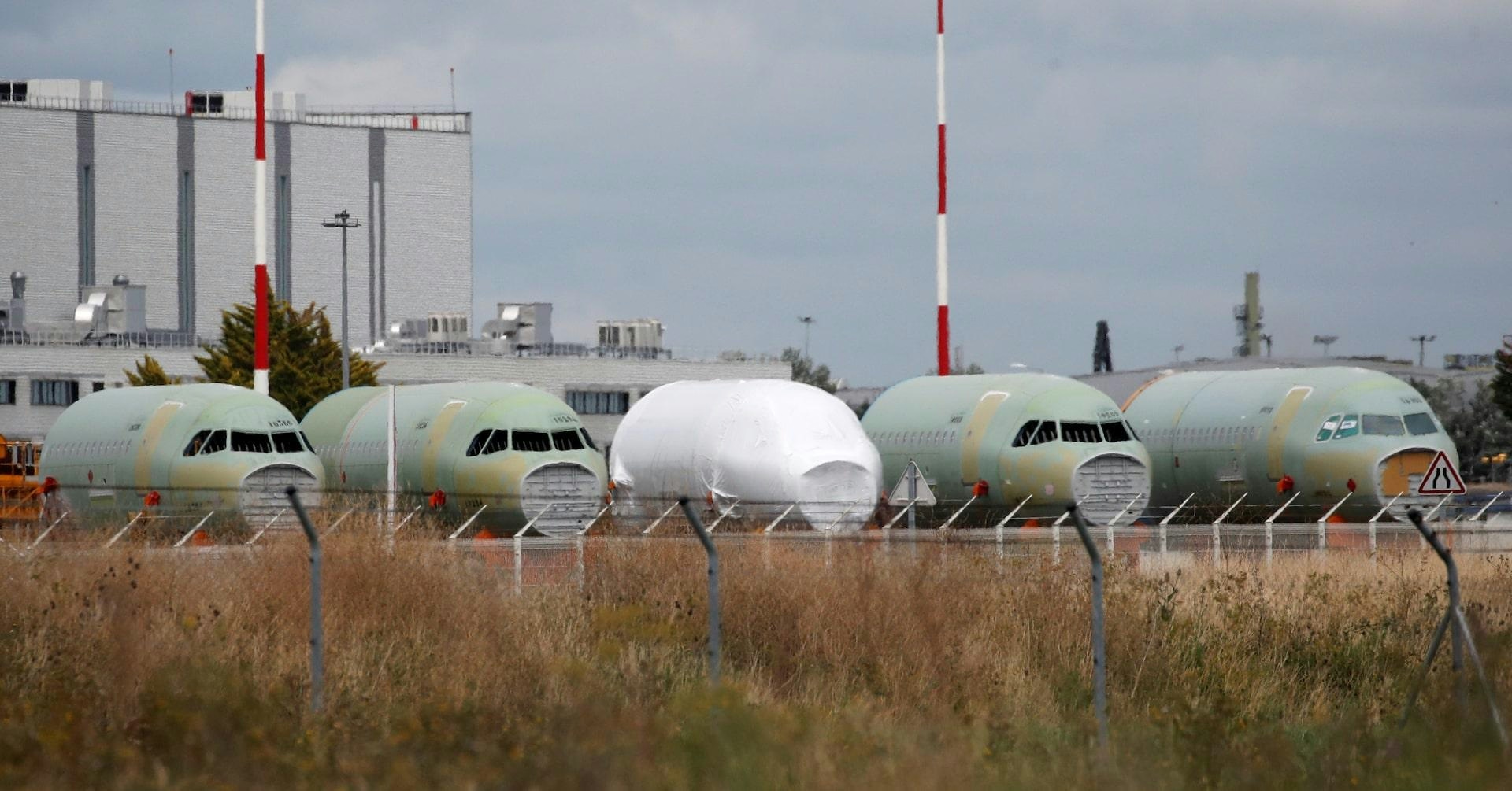
Regulator Orders Inspections of Select Airbus A320s Over Fuselage Flaw
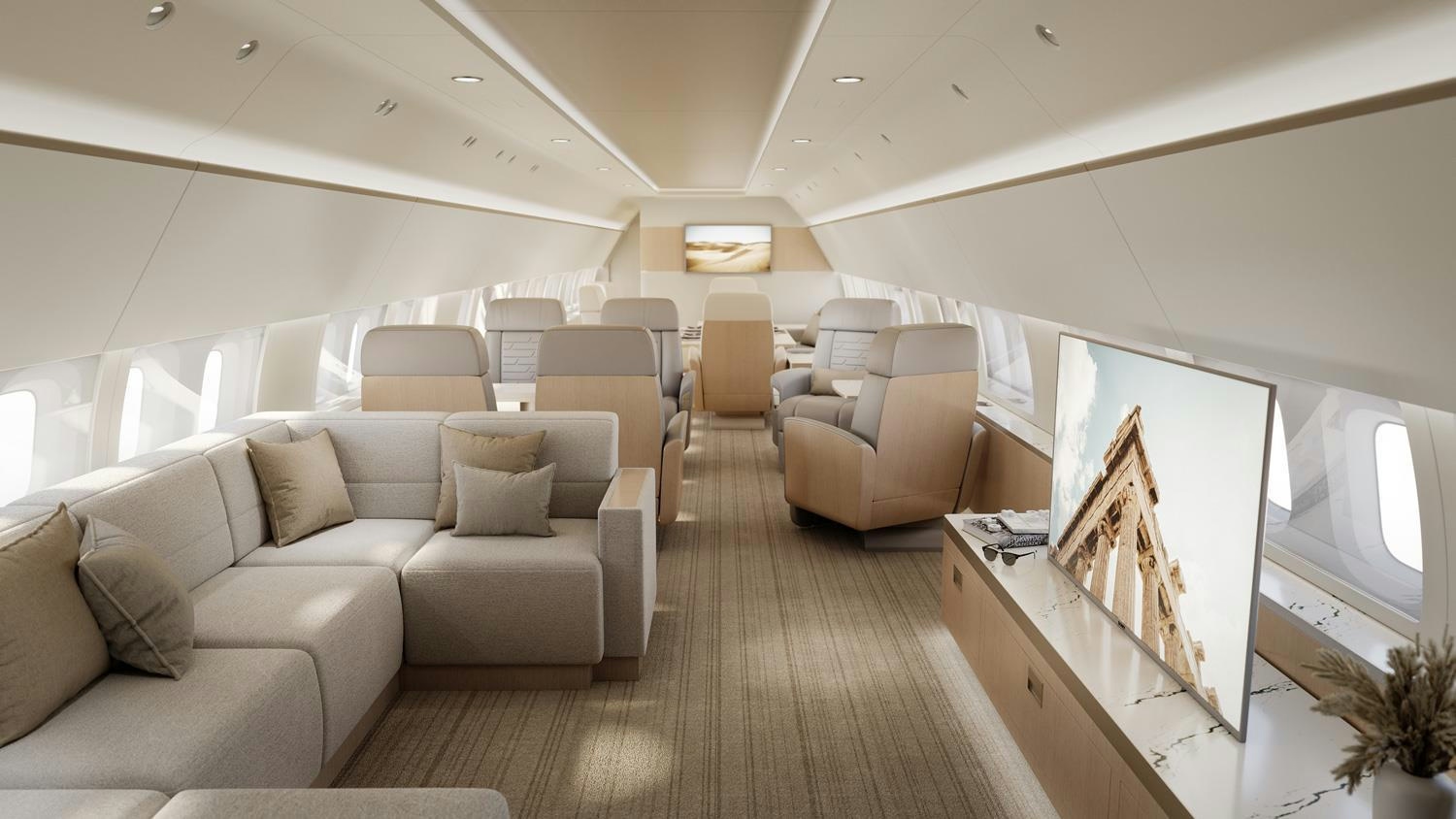
BizJet Interiors Zone to Highlight Innovation and Craftsmanship at AIX 2026
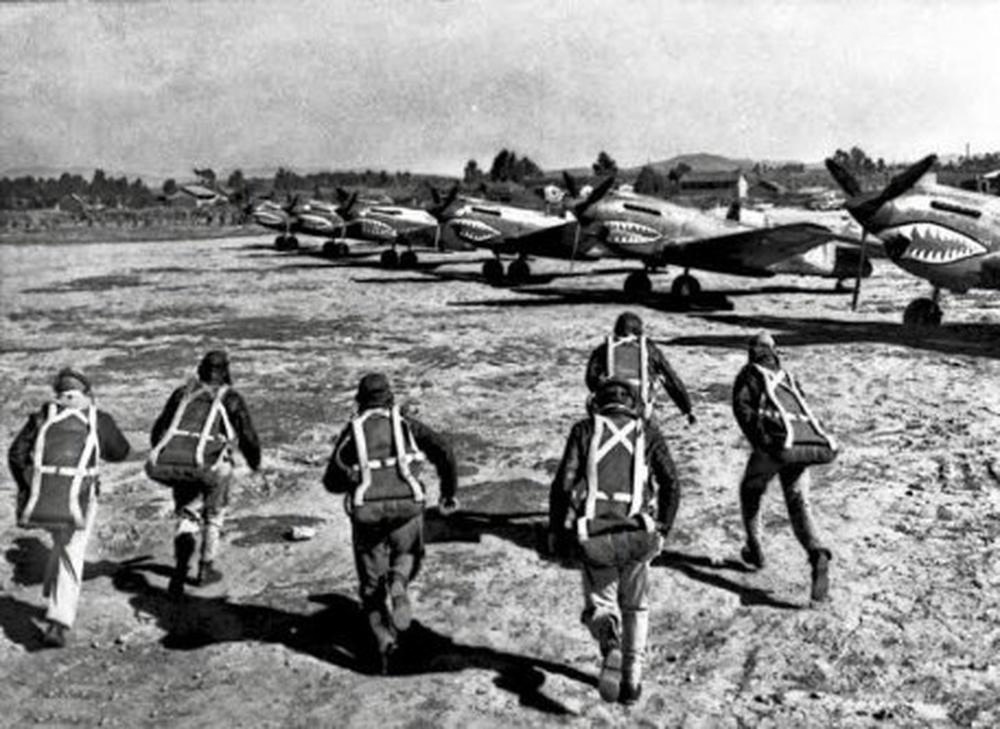
Forged in innovation: The Wright Brothers’ legacy and the rise of the Flying Tigers

Lunar Blessing Airlines Enters Middle East Air Mobility Market
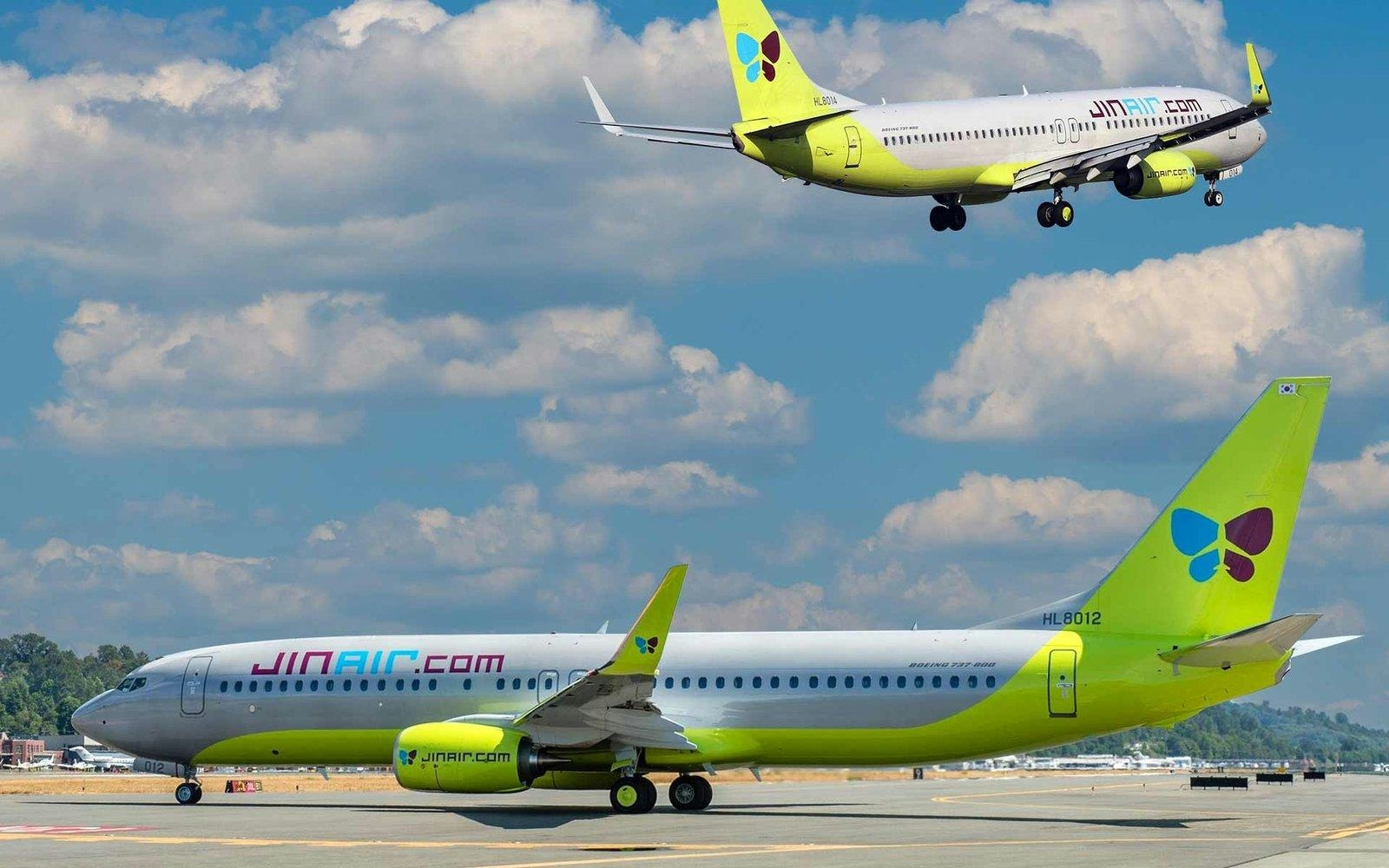
AELF Acquires Two Boeing 737-800 Aircraft from ICBC Aviation Leasing
